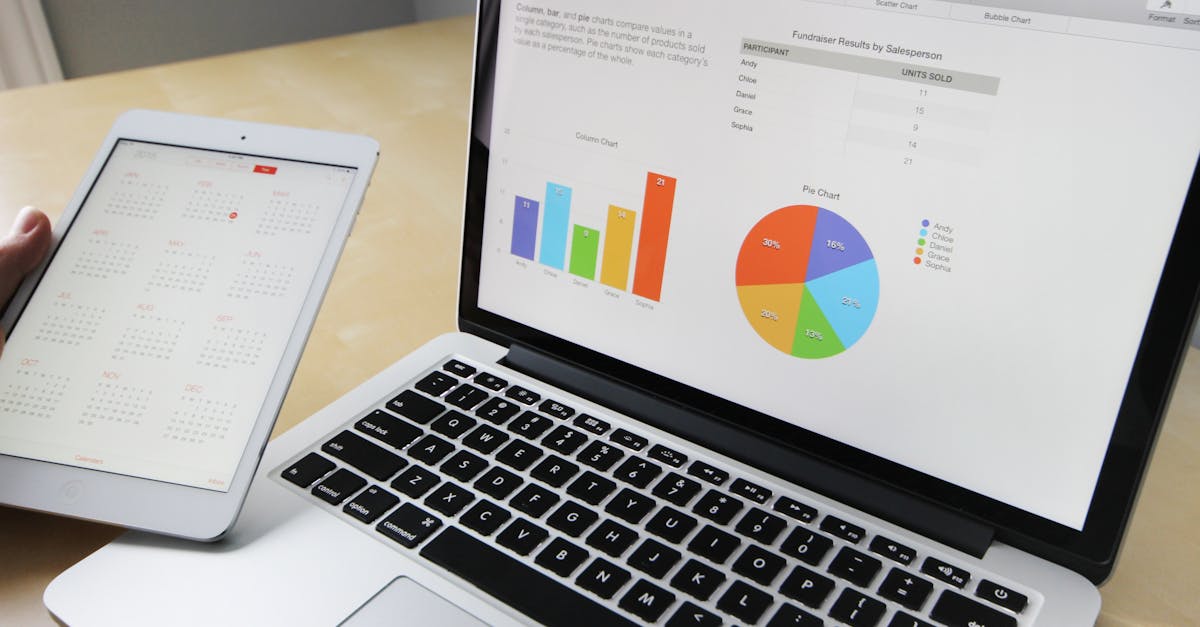
Table Of Contents
Interpreting Analytical Reports
Analyzing and interpreting data is an essential aspect of successful business operations. In Keysborough, Melbourne, understanding analytical reports is crucial for making informed decisions that drive growth and innovation. By examining trends, patterns, and metrics, businesses can uncover valuable insights that guide strategic planning and influence organizational development. Analytical reports provide a comprehensive overview of performance indicators, highlighting areas of strength and areas in need of improvement. Through a diligent review of these reports, companies can identify opportunities for optimization and implement targeted strategies to enhance efficiency and effectiveness.
In Keysborough, Melbourne, the interpretation of analytical reports plays a pivotal role in structuring data-driven decision-making processes. Utilizing advanced analytics tools and reporting software enables organizations to transform raw data into actionable intelligence, fostering a culture of continuous improvement and adaptability. Strategic interpretations of analytical reports empower leaders to identify emerging market trends, customer preferences, and operational bottlenecks, facilitating proactive responses and informed interventions. By harnessing the power of analytics and reporting, businesses in Keysborough, Melbourne, can gain a competitive edge in their respective industries, driving sustainable growth and achieving long-term success.
Making Informed Decisions Based on Data
Making informed decisions based on data is a crucial aspect of utilizing analytics and reporting tools effectively. Analytics and Reporting in Keysborough, Melbourne, provide organizations with valuable insights that can guide strategic decision-making processes. By analyzing data trends and patterns, businesses can better understand market dynamics, customer behavior, and operational efficiency.
Data-driven decision-making allows organizations to move away from gut instincts and anecdotal evidence, instead relying on concrete data to support strategic choices. This approach fosters a culture of objectivity and transparency within businesses, enabling teams to align their actions with measurable outcomes. Leveraging analytics and reporting tools helps organizations in Keysborough, Melbourne, to stay ahead of the competition by making evidence-based decisions that drive growth and success.
Utilizing Reporting Software
When it comes to Analytics and Reporting in Dandenong, Melbourne, utilizing reporting software can significantly enhance the efficiency and effectiveness of data analysis. Reporting software enables organizations to compile and visualize data in a clear and comprehensive manner, making it easier for decision-makers to extract valuable insights and trends. By leveraging reporting software, businesses can streamline their reporting processes, minimize manual errors, and facilitate collaboration among team members.
Choosing the right reporting software is crucial for maximizing the benefits of data analysis. When evaluating different reporting tools, organizations should consider factors such as user-friendliness, customizability, scalability, and integration capabilities. Additionally, it is important to select reporting software that aligns with the specific needs and goals of the business. By opting for the appropriate reporting software, organizations can harness the power of data to drive informed decision-making and gain a competitive edge in today's data-driven business landscape.
Features to Look for in Analytical Tools
When considering which analytical tools to integrate into your business, it is essential to identify key features that will best support your data analysis needs. With the vast array of options available, it is crucial to focus on tools that offer robust functionality and user-friendly interfaces. Analytics and reporting in Melbourne require tools that can handle large datasets efficiently and provide reliable insights to drive informed decision-making. Look for tools that offer advanced analytical capabilities such as predictive modeling and data visualization to enhance the interpretation of data.
Furthermore, it is imperative to select analytical tools that have seamless integration with other software applications and data sources to ensure a smooth flow of information across platforms. Cross-platform compatibility and scalability are crucial aspects to consider when choosing analytical tools for your business. By selecting tools that align with your organization's data processing requirements and analytical objectives, you can optimize the efficiency of data analysis processes and enhance the overall quality of insights generated from analytics and reporting in Melbourne.
Analytical Reporting Best Practices
Analytical Reporting Best Practices
When it comes to effective analytics and reporting, employing best practices is crucial. In Analytics and Reporting in Melbourne, ensuring the accuracy and reliability of data is paramount. It is imperative to regularly audit and validate the data sources to maintain data integrity. Moreover, establishing clear data governance policies and procedures can help in standardizing data across the organization, ensuring consistent and reliable reporting.
In addition to data quality, another best practice is to focus on meaningful data visualization techniques. Utilizing charts, graphs, and dashboards can help in presenting complex data in a way that is easily understandable. Striking a balance between aesthetics and functionality is essential to ensure that the visuals not only look appealing but also effectively convey the insights hidden within the data.
Optimizing Data Visualization Techniques
One crucial aspect of optimizing data visualization techniques within Analytics and Reporting in Dandenong, Melbourne is choosing the most appropriate visualization type for the data being presented. It is important to consider whether a bar graph, pie chart, line graph, or other visualization will best convey the meaning of the data to the audience. By selecting the right visualization style, you can enhance understanding and make the data more accessible and impactful.
In addition to choosing the right type of visualization, it is vital to pay attention to color schemes and design elements when optimizing data visualization techniques. Ensuring that the colors used contrast well and that the design is clean and uncluttered can significantly improve the readability and appeal of the visualizations. Thoughtful consideration of these elements can make a substantial difference in how effectively the data is communicated and understood.
FAQS
What is analytical reporting?
Analytical reporting is the process of gathering and interpreting data to uncover insights and trends that can help in making informed business decisions.
How is analytical reporting different from standard reporting?
Analytical reporting goes beyond simply presenting data in a report format. It involves analyzing data to identify patterns, correlations, and outliers, providing deeper insights into the data.
Why is analytical reporting important for businesses?
Analytical reporting helps businesses in understanding their performance, identifying areas for improvement, and making strategic decisions based on data rather than assumptions.
What are some key features to look for in analytical tools?
Some key features to look for in analytical tools include data visualization capabilities, ability to handle large datasets, interactive dashboards, and integration with various data sources.
How can businesses optimize data visualization techniques in analytical reporting?
Businesses can optimize data visualization techniques by choosing the right type of charts and graphs to represent their data, ensuring clarity and simplicity in visualizations, and using color coding effectively to highlight important information.


